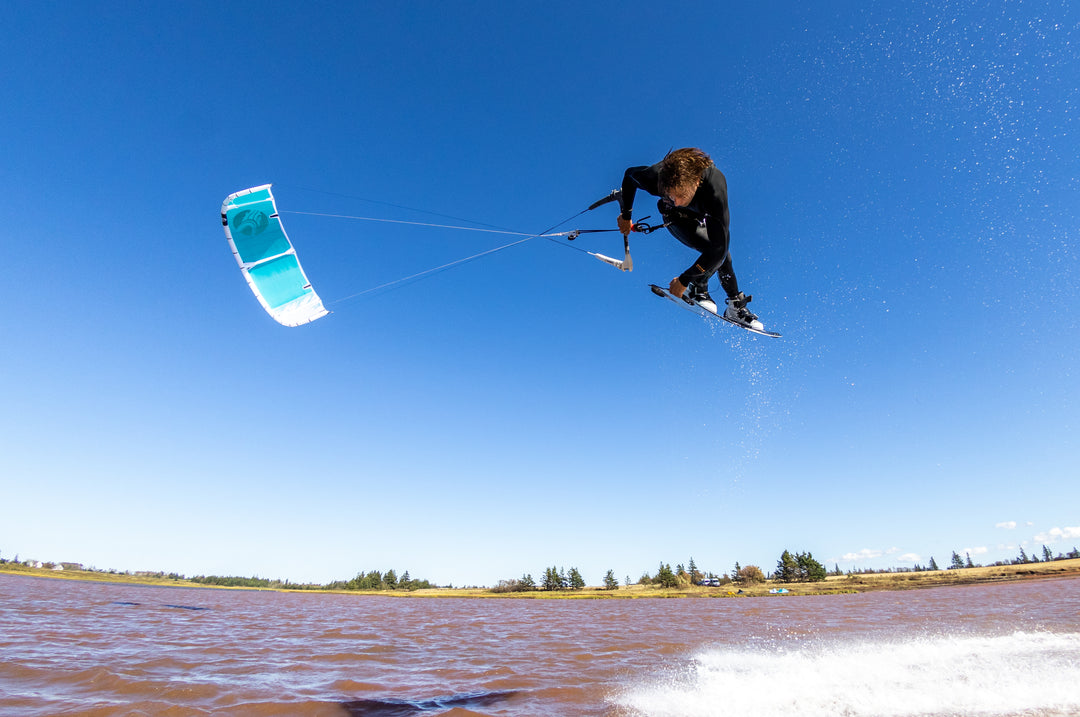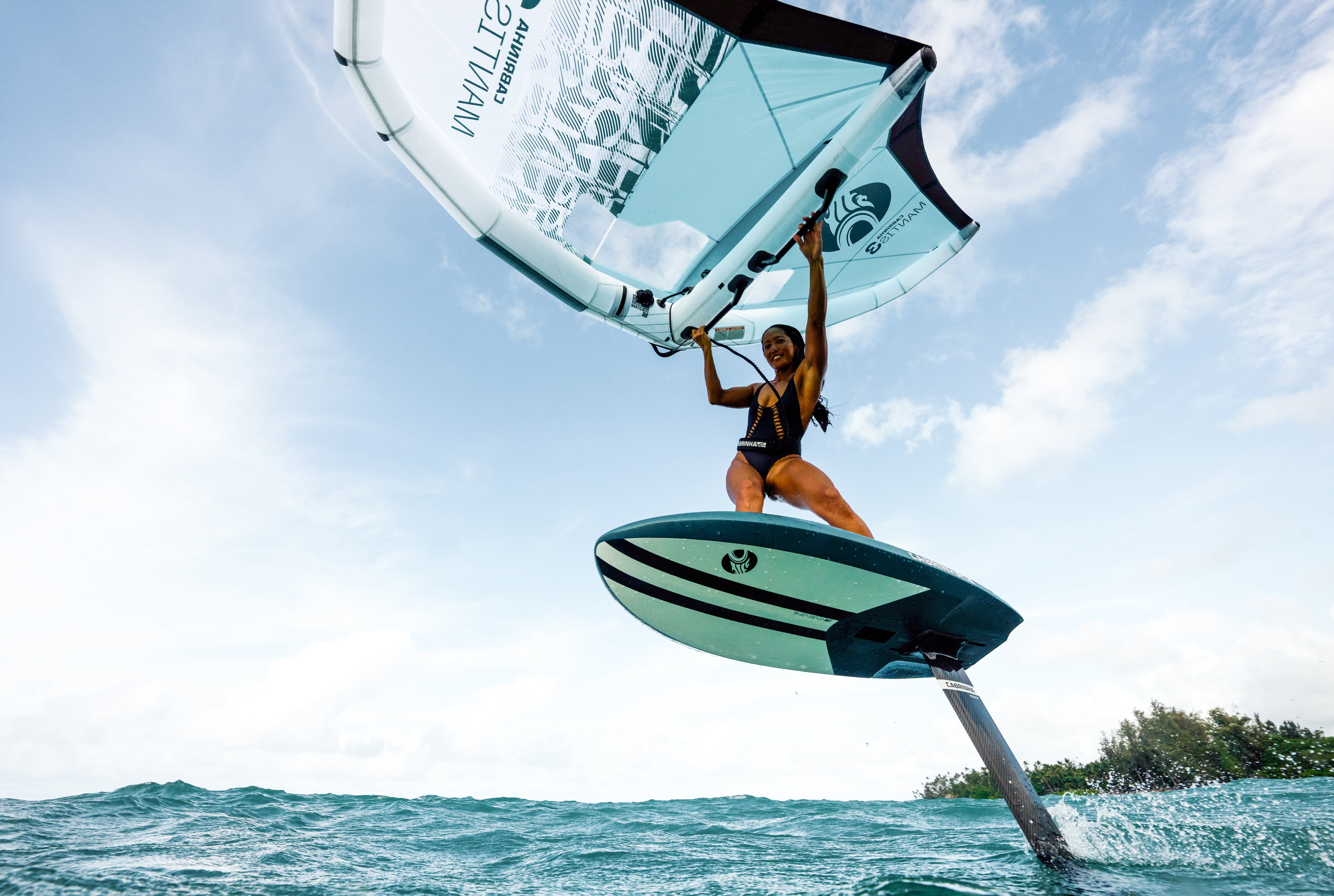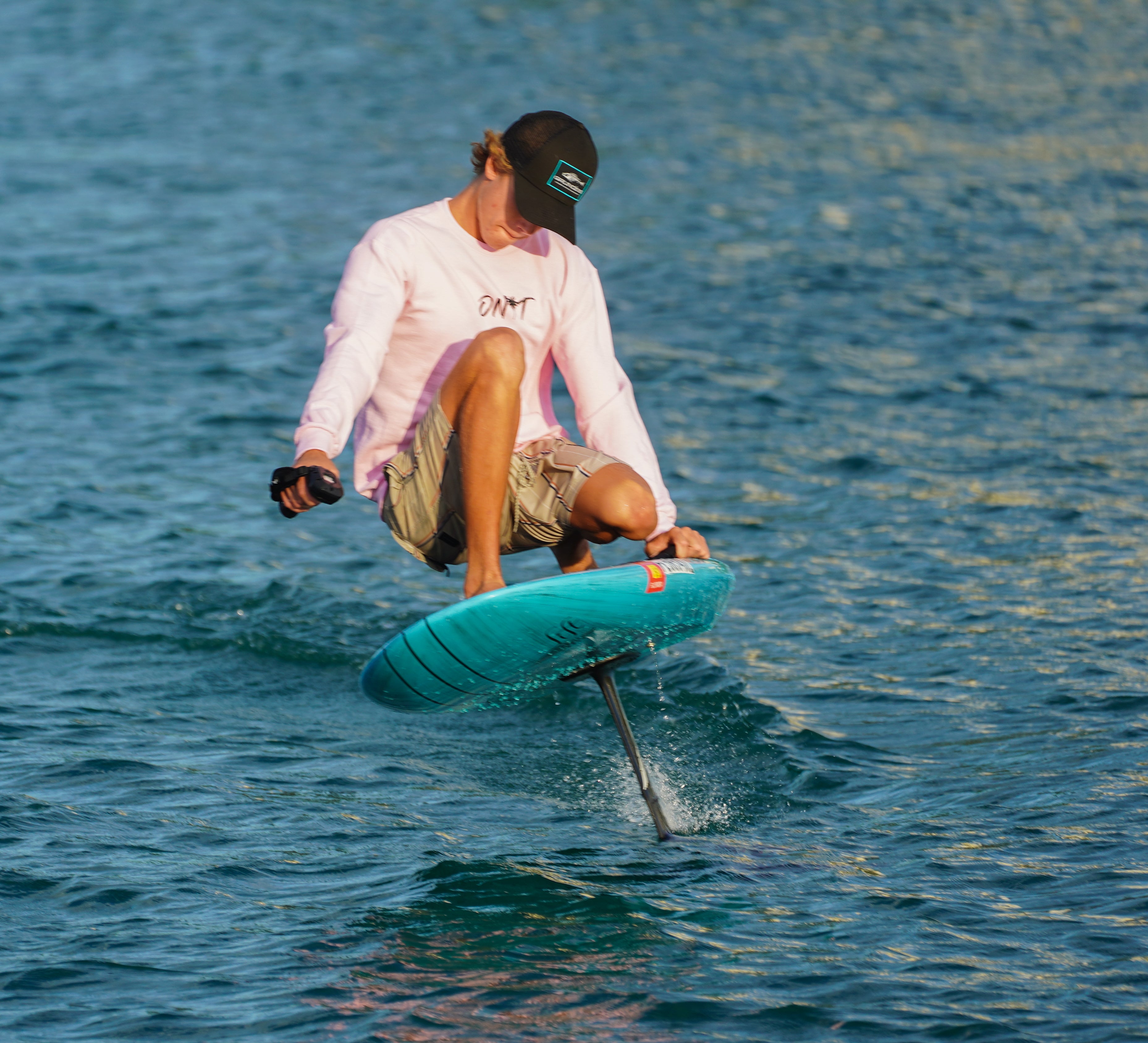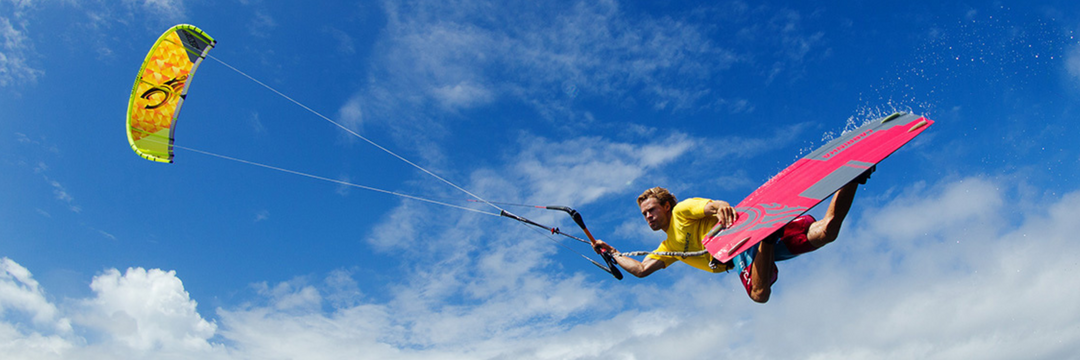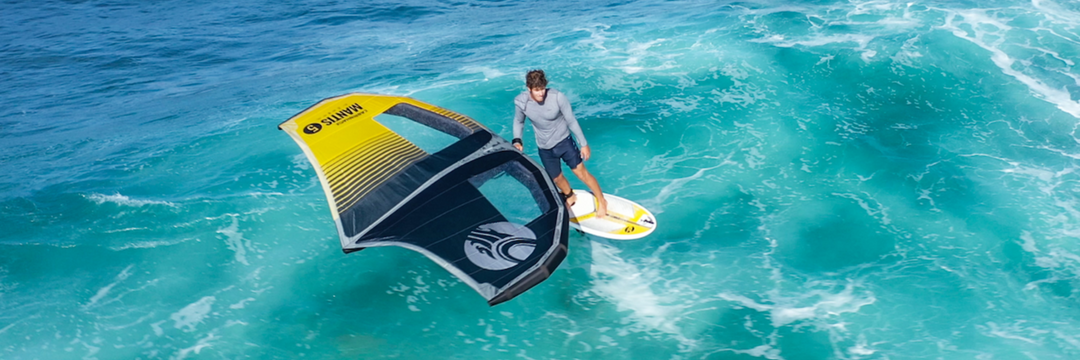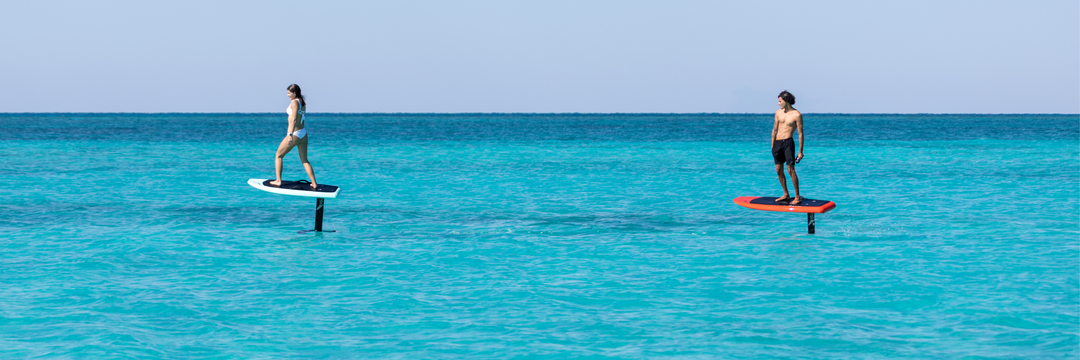Riding Unhooked: How To UnHook Kiteboarding
Steering away from the basics, riding unhooked is a freestyle kiteboarding technique that separates the beginners from the advanced. It involves detaching oneself from the harness's hook, allowing for more range of motion and setting the stage for some of the sport's most daring tricks. Let's dive into the exhilarating world of unhooked kiteboarding.
## Introduction to Unhooked Riding
Riding unhooked means you're no longer connected to the kite via your harness. Instead, you rely on arm strength and kite control skills to manage the kite's power. This allows for maneuvers like handle passes, kite loops, and certain grabs that would be impossible or very difficult while hooked in.
## Why Ride Unhooked?
**1. Advanced Tricks:** Many advanced freestyle tricks require the rider to pass the bar behind their back, which can only be done unhooked.
**2. Greater Freedom:** Unhooking offers a sense of liberation, giving the rider a closer connection to the kite and the ability to move more freely.
**3. Challenge and Progression:** For those looking to push their limits and add new tricks to their repertoire, riding unhooked is a necessary step.
## Preparing to Ride Unhooked
**1. Understand the Basics:** Before attempting unhooked maneuvers, ensure you're comfortable with basic hooked-in kiteboarding techniques.
**2. Adjust the Equipment:** Depower your kite slightly before unhooking to make it more manageable. Ensure that your harness's chicken loop and quick-release systems are easily accessible and functioning properly.
**3. Choose the Right Conditions:** Calm, steady winds are ideal for beginners looking to practice unhooked techniques. Avoid gusty conditions.
## Key Techniques for Riding Unhooked
**1. Hand Position:** Keep your hands close together at the center of the bar. This gives you better control over the kite and minimizes the chance of accidental kite loops.
**2. Body Posture:** Maintain a strong, athletic stance with knees slightly bent. Lean back against the pull of the kite.
**3. Kite Position:** Keep the kite low (around 45°) for maximum power and control.
**4. Re-hooking:** After completing your maneuver, steer the kite upwards, reduce tension on the bar, and quickly hook back into your harness.
## Safety Tips
**1. Always Use a Safety Leash:** This ensures you won’t lose your kite if you have to let go of the bar.
**2. Practice Water Starts:** Before trying jumps or tricks, practice water starts and riding unhooked to get a feel for the kite’s behavior.
**3. Learn the Eject:** Familiarize yourself with the quick-release mechanism and practice using it, so you can safely detach from the kite if things go awry.
**4. Start Small:** Begin with simple unhooked maneuvers before progressing to more complex tricks.
**5. Use Appropriate Gear:** Certain harnesses and bars are more conducive to unhooked riding. Ensure you're equipped with the right gear.
**Conclusion**
Riding unhooked is a rite of passage in the world of kiteboarding, opening the door to advanced freestyle tricks and a deeper connection with the kite. With proper preparation and a focus on safety, you can unlock an entirely new dimension of the sport. Whether you're aiming to master handle passes or simply enjoy the freedom of movement, riding unhooked offers a unique and exhilarating experience. Dive in, challenge yourself, and feel the thrill!
## Introduction to Unhooked Riding
Riding unhooked means you're no longer connected to the kite via your harness. Instead, you rely on arm strength and kite control skills to manage the kite's power. This allows for maneuvers like handle passes, kite loops, and certain grabs that would be impossible or very difficult while hooked in.
## Why Ride Unhooked?
**1. Advanced Tricks:** Many advanced freestyle tricks require the rider to pass the bar behind their back, which can only be done unhooked.
**2. Greater Freedom:** Unhooking offers a sense of liberation, giving the rider a closer connection to the kite and the ability to move more freely.
**3. Challenge and Progression:** For those looking to push their limits and add new tricks to their repertoire, riding unhooked is a necessary step.
## Preparing to Ride Unhooked
**1. Understand the Basics:** Before attempting unhooked maneuvers, ensure you're comfortable with basic hooked-in kiteboarding techniques.
**2. Adjust the Equipment:** Depower your kite slightly before unhooking to make it more manageable. Ensure that your harness's chicken loop and quick-release systems are easily accessible and functioning properly.
**3. Choose the Right Conditions:** Calm, steady winds are ideal for beginners looking to practice unhooked techniques. Avoid gusty conditions.
## Key Techniques for Riding Unhooked
**1. Hand Position:** Keep your hands close together at the center of the bar. This gives you better control over the kite and minimizes the chance of accidental kite loops.
**2. Body Posture:** Maintain a strong, athletic stance with knees slightly bent. Lean back against the pull of the kite.
**3. Kite Position:** Keep the kite low (around 45°) for maximum power and control.
**4. Re-hooking:** After completing your maneuver, steer the kite upwards, reduce tension on the bar, and quickly hook back into your harness.
## Safety Tips
**1. Always Use a Safety Leash:** This ensures you won’t lose your kite if you have to let go of the bar.
**2. Practice Water Starts:** Before trying jumps or tricks, practice water starts and riding unhooked to get a feel for the kite’s behavior.
**3. Learn the Eject:** Familiarize yourself with the quick-release mechanism and practice using it, so you can safely detach from the kite if things go awry.
**4. Start Small:** Begin with simple unhooked maneuvers before progressing to more complex tricks.
**5. Use Appropriate Gear:** Certain harnesses and bars are more conducive to unhooked riding. Ensure you're equipped with the right gear.
**Conclusion**
Riding unhooked is a rite of passage in the world of kiteboarding, opening the door to advanced freestyle tricks and a deeper connection with the kite. With proper preparation and a focus on safety, you can unlock an entirely new dimension of the sport. Whether you're aiming to master handle passes or simply enjoy the freedom of movement, riding unhooked offers a unique and exhilarating experience. Dive in, challenge yourself, and feel the thrill!


